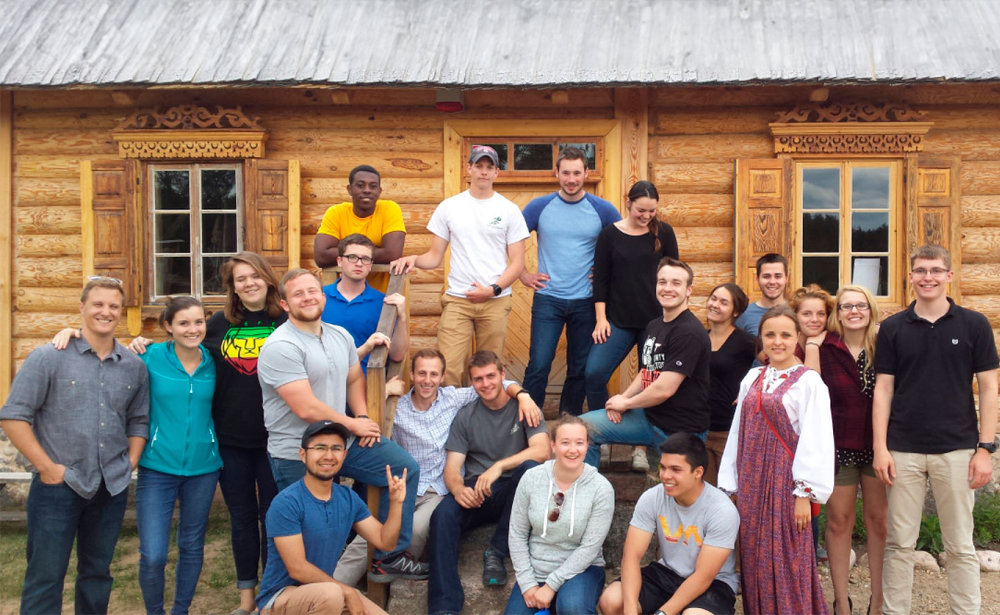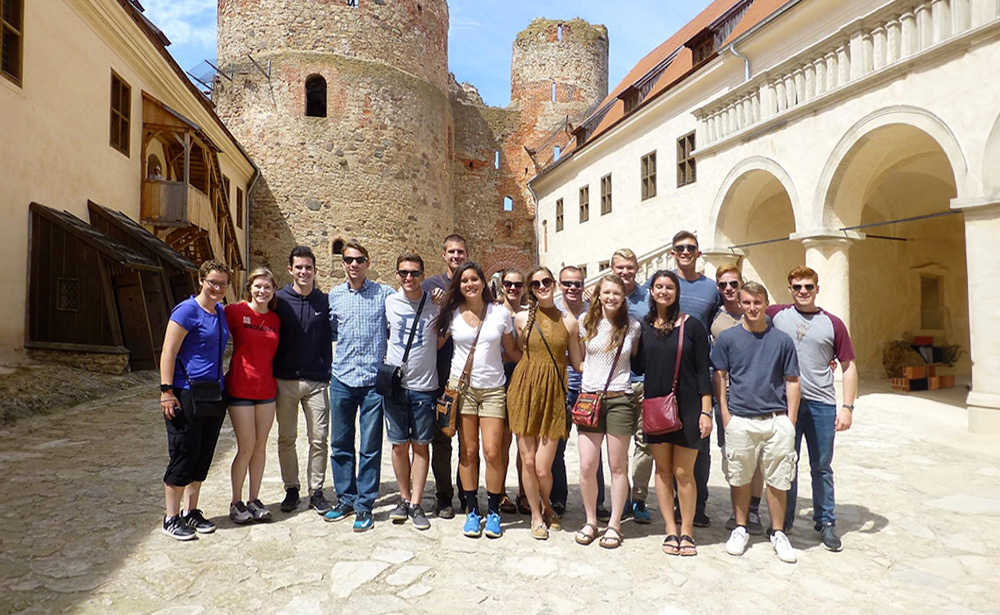The Origin of Shashlik
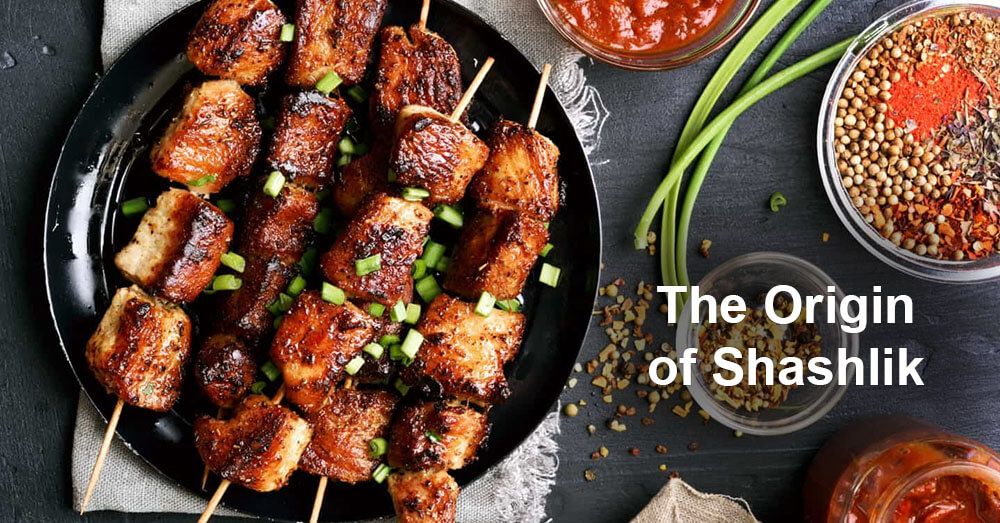
Today in the article we are going to speak about the food that every Russian person adores – shashlik. Shashlik [shash-LEEK] is a meat dish that can be found in almost all countries around the world, although it’s still unknown how, where and when it first appeared.
The Origin of Shashlik
Many people believe that shashlik is a dish of Caucasian origin only, but it is not true. According to many historical sources, ancient people who learned how to make fire began to roast meat skewered on the bars of trees on a fire, which, in fact, can also be called shashlik.
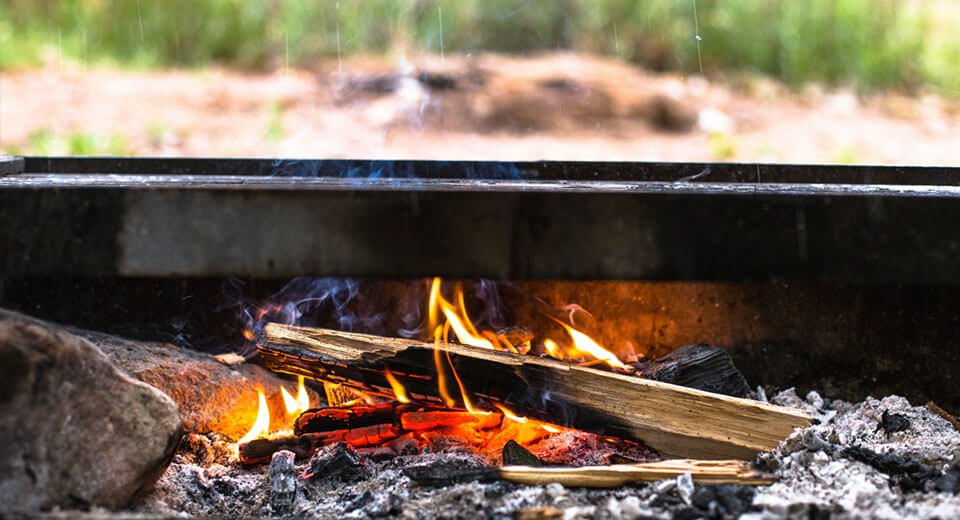
In Russia, shashlik was popular already until the 18th century and it was called “spit” meat and was roasted on a spit. According to historical sources, in Russian traditions of medieval cuisine, there was a method of roasting rabbits, chickens, pigs, etc. on a spit. This type of meat was mainly served at feasts held at wealthy people’s places, since its preparation required a lot of wood and time.
The Origin of the Name
The word “shashlik” appeared in the Russian language by accident, but it was quickly adopted by the language. The word originated from Crimean Tatar word “shish” that means “a spit” and “shishlik” that means “something on a spit”.
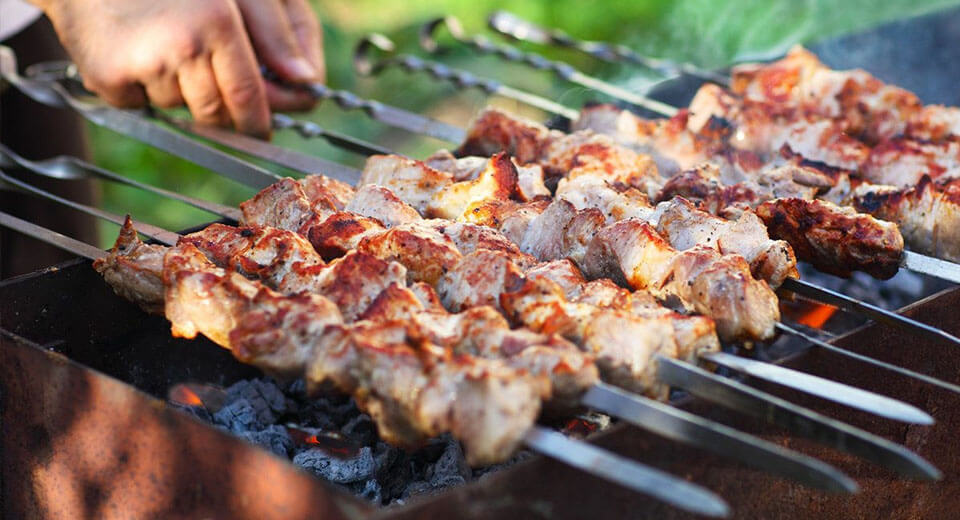
Many centuries later, hunters and soldiers began to fry shashlik, that is, meat on ramrods (metal or wooden rods for cleaning weapons). The word “skewer” originated from the word “ramrod.
Shashlik in Other Cultures
According to historical sources, we can see that many people at different periods of time called shashlik differently. This is still true because of many customs and habits in different cultures. For example, in Armenia shashlik is called “horovats”, Azerbaijanian shashlik is called “kebab”; “shish-kebab” is a Turkish shashlik.
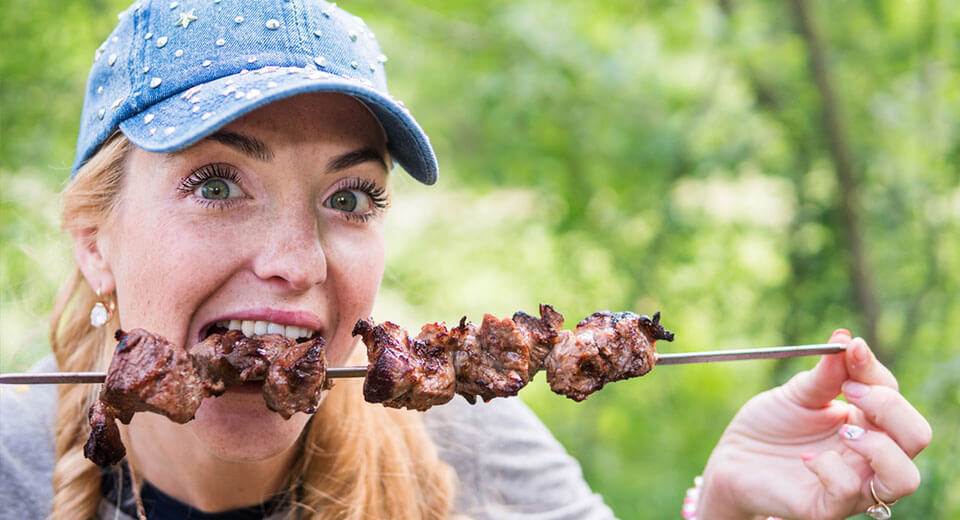
People in Mediterranean countries make shashlik in a completely different way. They skewer the ready formed meat with some mint added on wooden sticks and leave to bake in the coals. In Asian countries, they do it in another way: small pieces of meat (preferably lamb) are roasted.
So, we can that traditions of cooking meat developed in different ways in different countries. There were a lot of factor that influenced it: climate, traditions, peculiarities of the religion, as well as people’s preferences. Nowadays, there is a huge number of techniques and recipes of how to cook tasty shashlik.
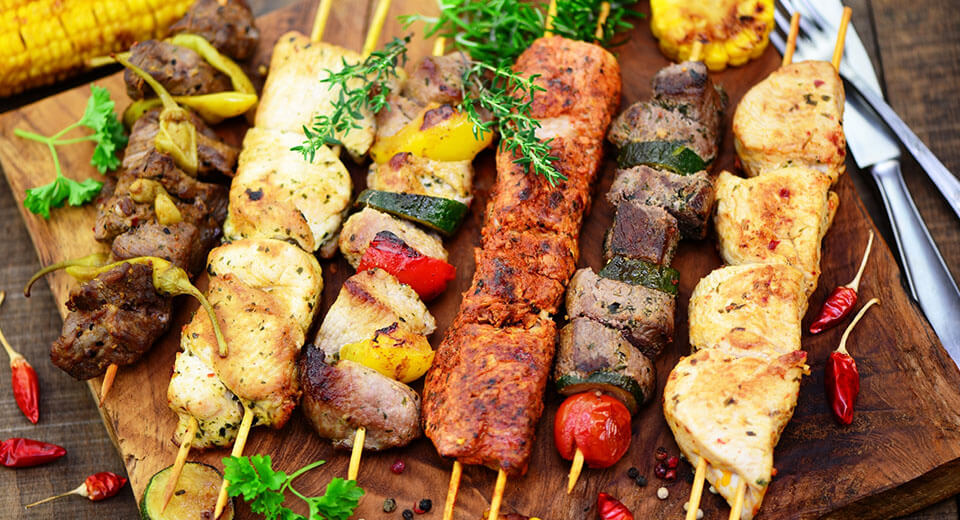
You may be interested

Why do people speak Russian in Daugavpils?
As it seems to us, Daugavpils is the best place to learn Russian now, because our city is situated in the EU and NATO, but at the same time 90% of the city’s population speak Russian at home.

ЭТЮД О ДВИНСКЕ
Etude on Dvinsk by F.Fedorov
The Baltic region is one of the most catastrophe prone regions of the 2nd millennium, especially its second part; it is the centre of attraction of ‘geopolitical’ interests of the European world. Probably the most tragic fate has befallen to the eastern part of the present Latvia and its multi-titled town of Dinaburg – Dvinsk – Daugavpils. During its 730 years long history, the town went through five rather autonomous periods of development, five different lives (German, Polish, Russian, Latvian, Soviet), and at the beginning of the 1990s it entered into the 6th period.
The history of Dinaburg – Dvinsk – Daugavpils is the history of five attempts by the town to begin its life anew; and this is determined not only by the fact that the town was four times burned down and had to start life from scratch, but first and foremost because each of these periods was characterized by a total change of ethnos and the socio-cultural field.
The present article deals with the cultural space of the town in one of the most efficient periods of its development – from the 1860s till World War I.






